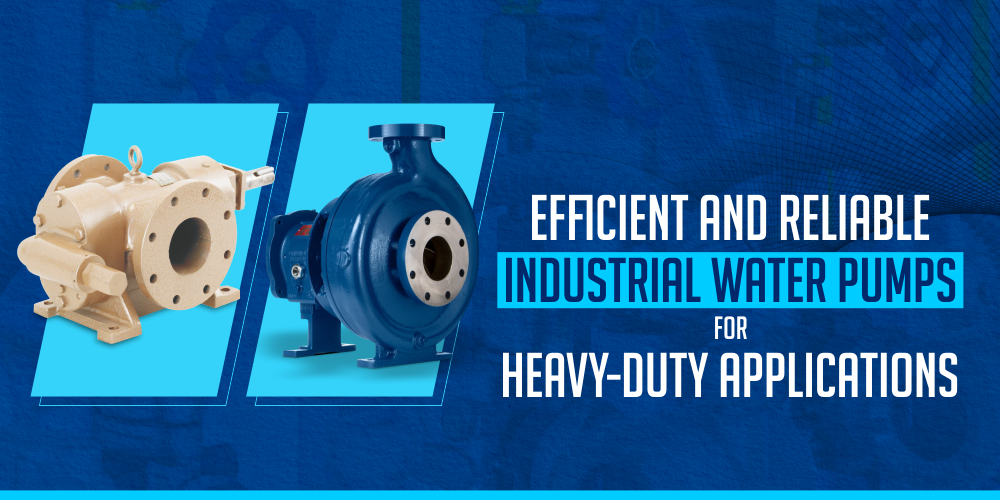Industrial water pumps are essential equipment used in a wide range of industrial processes that require the transfer of liquids.
An industrial water pump is a device that increases water pressure to move water from one place to another. Water pumps are used all over the world in different sectors and industries. For example, water pumps are also used in wastewater treatment plants to move wastewater. Most modern water pumps are powered by electricity, although other power sources, such as gasoline or diesel engines, are sometimes used. Solar panels can also power small pumps in remote areas like the desert. This article will cover various types of water pumps and their features.
Industrial Water Pumps
An industrial water pump application helps increase the water flow to move it from one location to another. Nowadays, water pumps are put to use across the globe for supplying water for farming, urban area, commercial, and domestic purposes. In addition, water pumps are used to transport effluent in sewage treatment plants. Generally, electrical power controls the operation of the latest design water pumps. However, petroleum or diesel motors and other energy resources are also used.
Different kinds of pumps are used to supply water through other channels. Low-lift pumps raise groundwater and transport it to the nearest processing facility. These pumps transport a massive amount of water at comparatively shallow pressure. High-lift pumps release water into the arterial channel. Pumps that increase the compression in the supply network or elevate the water level into a high storage reservoir are known as booster pumps. Pumps draw water from the earth’s surface and distribute it to a different network.
Know more about Industrial Dynamic Pumps.
A dynamic pump or rotodynamic pump is a type of pump that works by converting kinetic energy into potential energy. The function of a dynamic pump is to increase the pressure of a fluid by imparting kinetic energy to it. The basic principle of a dynamic pump is that it uses a rotating impeller or rotor to create a centrifugal force that moves the fluid from the inlet to the outlet.
The classification of industrial dynamic pumps is based on how the velocity increase is accomplished.
The essential features of industrial dynamic pumps are given below:
- The transformation of additional energy into kinetic energy (a rise in velocity)
- Consistent power
- Using the kinetic energy from the more excellent motion creates the highest-pressure level.
One advantageous difference between dynamic industrial pumps and positive-displacement pumps is that both operate differently when the valve is shut down. Since positive-displacement pumps transfer the fluid they are designed to handle, shutting a valve downstream of one causes a continuous build-up of pressure that may eventually cause the conduit or pump to malfunction mechanically. The difference between industrial dynamic pumps is that they can function securely with closed valves.
These pumps can be divided into several categories:
- Centrifugal Pump
- Vertical Centrifugal Pump
- Horizontal Centrifugal Pump
- Submersible Pump
- Fire Hydrant Systems
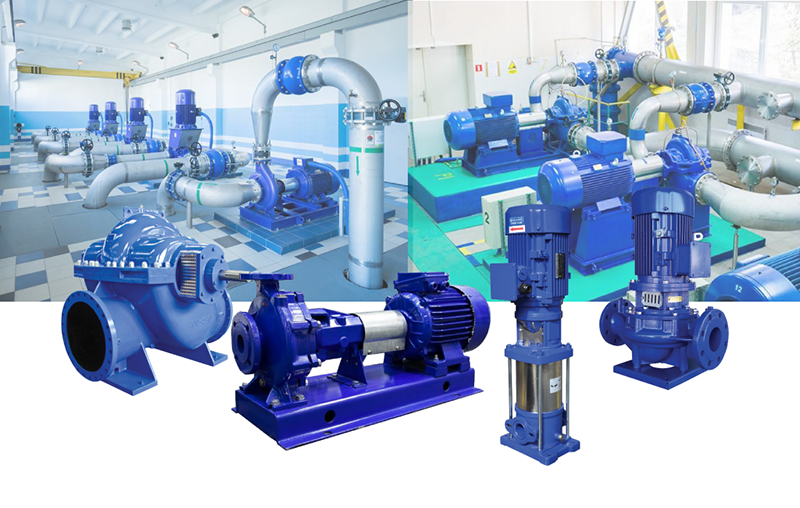
The procedure of Positive-Displacement Pumps
Positive-displacement pumps trap a specific amount of fluid and force it into the discharge line.
These pumps typically have a larger cavity on the suction side that contracts and a smaller cavity on the discharge side that expands. This allows the fluid to enter the pump as the suction cavity expands and exits through the discharge cavity as it contracts. The amount of fluid moved is fixed for each pump operation cycle.
Operational and Safety Aspects of Positive-Displacement Pumps
Positive-displacement pumps can maintain a consistent flow rate regardless of the discharge pressure, which is a significant advantage over centrifugal pumps. However, it is essential to note that even though positive-displacement pumps are designed to provide a constant flow rate, internal leakage can cause minor deviations in the flow rate as the discharge pressure increases.
It is vital to have a safety or relief valve installed on the discharge head of a positive-displacement pump. The pump manufacturer usually includes an internal valve, primarily used as a safety measure. However, for excellent safety of both workforce and equipment, it is advisable also to have an external relief valve installed in the discharge pipe, which should be connected to a return line that leads back to the supply tank or suction supply tank.
Overview of Types of Positive-Displacement Pumps
There are three main types of positive-displacement pumps, which are categorized based on the mechanism they use to move fluids:
- Rotary-type positive displacement pumps: These consist of external or internal gear pumps, screw pumps, flexible impeller pumps, twisted helical roots pumps, shuttle block pumps, sliding vane pumps, lobe pumps, flexible vane pumps, circumferential piston pumps, liquid-ring pumps.
- Linear-type positive displacement pumps: These pumps use linear motion to move fluids, including rope and chain pumps.
- Reciprocating-type positive displacement pumps include a plunger, diaphragm, and piston pumps.
Introduction of Centrifugal Pumps
Centrifugal pumps typically have one or more impellers attached to a rotary pump shaft. This configuration generates the necessary energy for the pump to operate and move fluid through the associated piping.
When the impellers rotate along with the pump shaft, they convert the mechanical energy from the motor into kinetic energy, which is then used to move the fluid. While a significant portion of the energy produced by the motor is used to create kinetic energy in the liquid being pumped, some of it is also converted into potential energy in the form of fluid pressure, which can be measured against gravity.
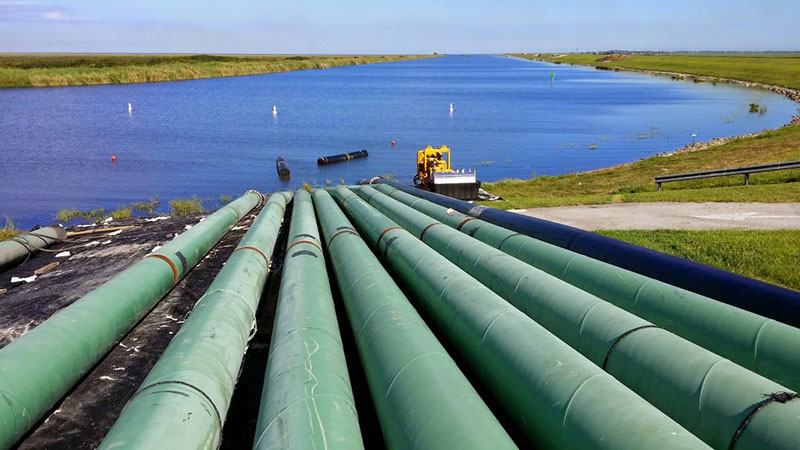
Exploring the Fundamentals of Centrifugal Pump Process
The process of a centrifugal pump begins with the fluid being drawn into the suction part of the pump and then directed to the impeller channel. Once the fluid enters the impeller channel, the rotating impellers push the fluid along their vanes while also increasing the velocity of the liquid.
As the charged fluid exits the impeller vanes, it is directed to a pump volute or diffuser casing. In this stage, the extreme speed of the fluid created by the impeller vanes is converted into excessive fluid force.
Finally, the pressurized liquid is sent to an outlet port or the next phase of a multi-stage pump.
Exploring the Versatile Applications of Centrifugal Pumps in Industrial Settings
Many commercial, home and industrial markets extensively use centrifugal pumps. The following are some uses for centrifugal pumps:
- Residential water supply
- Slurry/waste disposal
- Fire safety measures
- Manufacture of food and drink
- Industrial uses for oil and gas
- Manufacture of chemicals
A Comprehensive Introduction to Gear Pumps
A gear pump is a pump that utilizes interlocking gears or teeth to move a fixed amount of fluid, creating a cyclic pumping action that transfers the fluid mechanically. This results in a consistent, pulse-free flow proportional to the gears’ rotating speed.
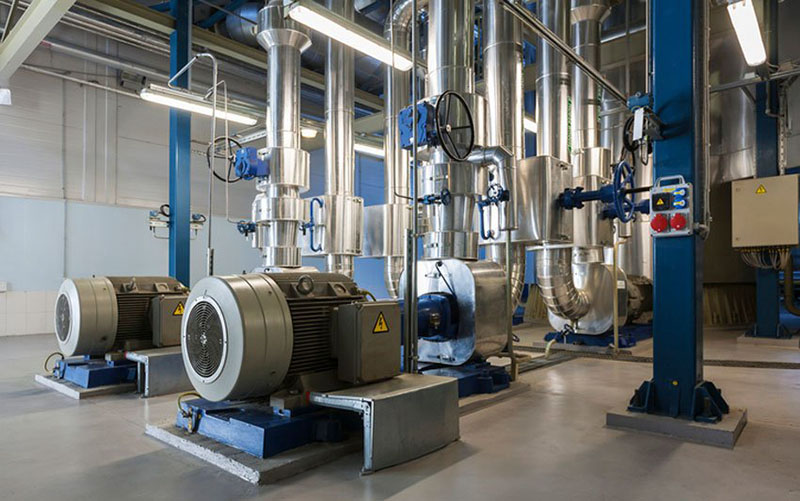
Understanding the Mechanics and Varieties of Gear Pumps
Gear pumps control the movements of fluids by turning teeth or gears. The revolving component creates a fluid shield with the pump enclosure and creates pressure at the pump during the inflow of fluid intake. Fluid enters the pump, is enclosed inside the cavities of its spinning gears, and is pushed to the outlet. Industrial Gear pumps come in two elementary designs: internal and external, each offering unique features and applications depending on the system’s specific needs.
Advantages and Attributes of a Gear Pump
With limited moving components, gear pumps are simple, portable, and small. They can’t beat the force of reciprocating pumps or centrifugal pumps’ flow velocity, but they can create immense pressure and resource utilization compared to lobe or vane pumps. Similar to oil, high-viscosity liquids are especially ideal for gear pumps.
Gear pumps are typically utilized for metering and mixing operations since the output pressure is directly related to rotational velocity. In addition, the pumps can be made to handle abrasive liquids. Common materials used to make them include cast iron, novel alloy, stainless steel, and composites. These materials enable the pumps to regulate toxic substances such as sulphuric acid, sodium hydroxide, ferric chloride, and sodium hypochlorite.
Moreover, external gear pumps may be utilized to operate hydraulic equipment, commonly found in trucks, portable machinery and equipment, and lifting machinery. A hydraulic motor turns a gear pump in the reverse direction using oil supplied elsewhere. This is useful for providing electricity in areas where electrical systems are large, costly, or cumbersome. For example, external gear pumps powered by an engine regulate the functions of tractors.
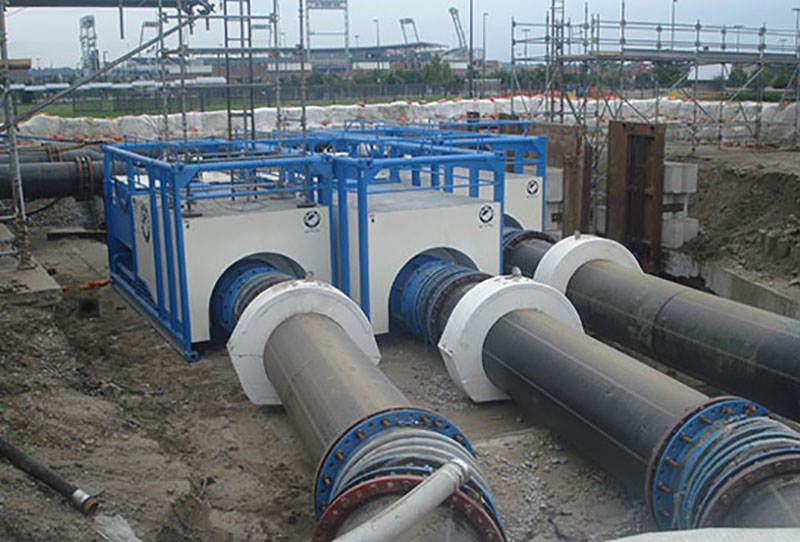
Utilizations of Gear Pumps
Highly viscous liquids, like paints, oils, resins, or consumables, are typically pumped using gear pumps. When precision dosage or relatively high volume are required, they are the first option. Since pressure has little to no effect on how well a gear pump performs, they are also favored in any situation where the flow is inconsistent.
Some notable usage for internal and exterior gear pumps are shown in the table below:
- various lubricants and fuels (both internal and external)
- Measurement of polymers and chemical addition (external)
- Blending and combining chemicals (external)
- hydraulic uses in industry, agriculture, and mobile devices (external)
- Construction using a metal matrix or stainless steel for chemicals and caustics (external)
- Resins and polymers (internal)
- Liquors and cleaners (both external and internal)
- Tar, bitumen, and asphalt (internal)
- Foam made of polyol and isocyanate (internal)
- Vegetable fats, cacao butter, peanut butter, animal feed, chocolate, vegetable oils, sugar, and fillers are all examples of food items (internal)
- Pigments, inks, and paints (internal)
- Sodium lauryl sulfate and soaps (internal)
- Glycerin
Introduction Of Peristaltic Pump
An industrial peristaltic pump, or a hose or tube pump, operates using positive displacement principles. This pump uses rotating rollers to squeeze a soft tube against the pump housing, which forces fluid through the tubing.
As the roller moves through the tubing, it creates a vacuum that helps to draw in more fluid. Since at least one roller blocks the tubing at all times during operation, there is no need for valves. The rollers can be rotated either by a gearbox or a motor.
Peristaltic pumps are an excellent choice when handling viscous or corrosive fluids. This is because only the tubing comes into contact with the liquid, and the pump head is easily replaceable, making it relatively low maintenance.
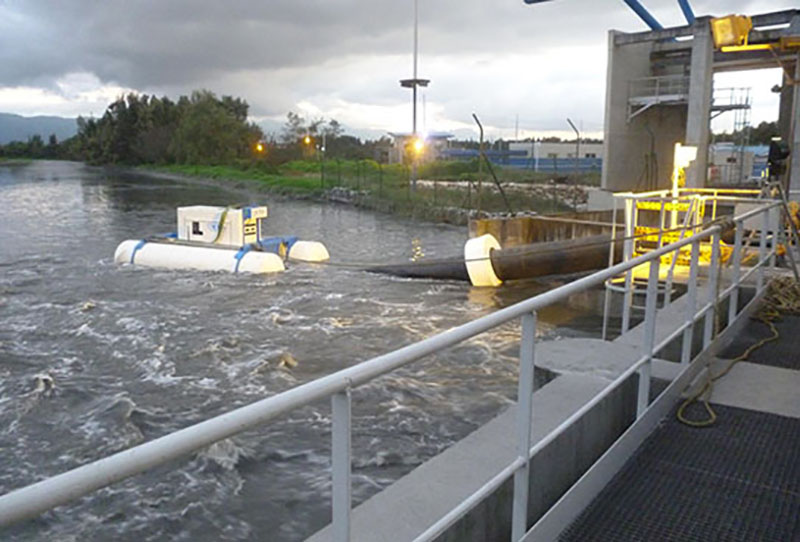
Diaphragm Pumps and their Functioning
An industrial diaphragm pump is a positive displacement pump that utilizes a thermoplastic, rubber, or Teflon diaphragm and valves on both sides of the diaphragm (including butterfly valves, flap valves, check valves, or other categories of shutoff valves) to transfer liquids. The diaphragm reciprocates back and forth, creating a pumping action that moves the liquid through the pump.
An Overview of Submersible Pumps
A submersible pump, or an electric submersible pump (ESP) or sub pump, is a machine with a tightly sealed motor directly coupled to the pump assembly. The entire pump is submerged in the fluid being which is to be pumped. The main benefit of the pump is its ability to prevent cavitation, which can occur when there is a significant difference in elevation between the pump and the fluid surface. Unlike jet pumps, which rely on atmospheric pressure to create a vacuum, submersible pumps use pressure generated by the fluid to drive the pump to the surface. They use pressurized fluid from the surface to drive a hydraulic motor instead of an electric motor. They are primarily used for heavy oil applications, with heated water as the motive fluid.
Conclusion
Industrial water pumps are essential equipment used in a wide range of industrial processes that require the transfer of liquids. Various industrial water pumps are designed to handle specific applications and meet different pumping requirements. Centrifugal, positive displacement, and axial flow pumps are industrial water pumps used. Each type has unique features that make it suitable for specific applications. Choosing the correct pump is crucial in achieving optimal efficiency, reducing downtime, and minimizing maintenance costs. Ultimately, understanding the types of industrial water pumps and their capabilities is essential in ensuring the efficient operation of industrial processes.
Comments are closed.

